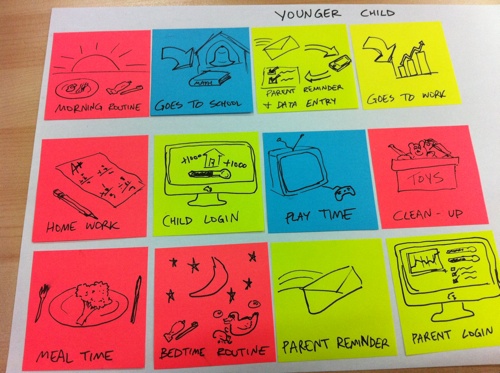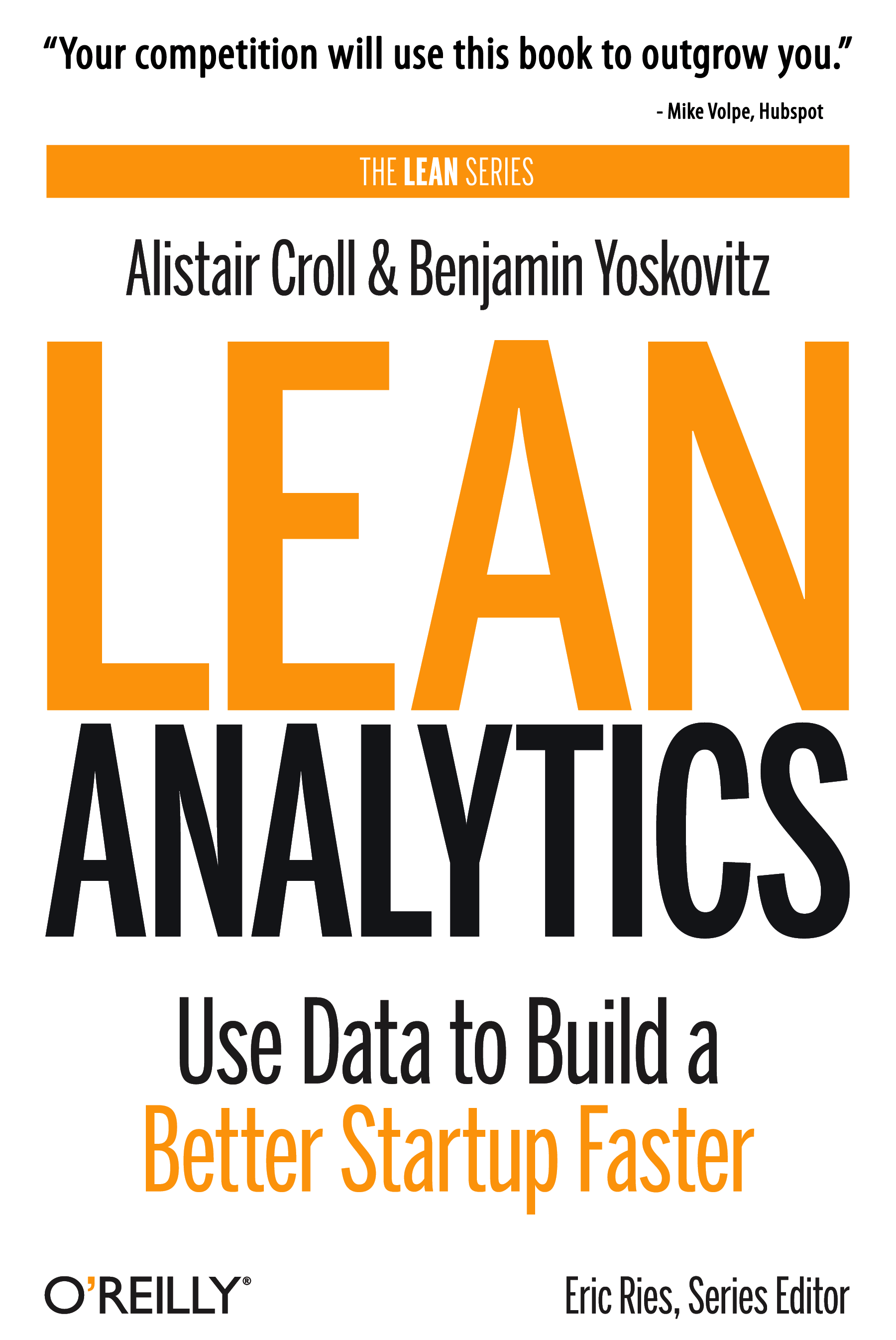To sell something effectively you really need to understand your customer. You need to understand who they are, what makes them tick, their motivations, fears, influencers, etc. You can look into customer profiling and personas as mechanisms for understanding your customers better.
Another tactic is to create a “day in the life” storyboard. Assuming you have a rough idea of who your customer is (or your prospect at the early stage), you can really dig into the details of their daily lives. Map out their entire schedule; essentially describing what they do when. Use sticky notes and plaster a wall with them. Make it visual.
The advantage of doing this is that you have a very complete overview of your customer’s daily life. You can now figure out (and experiment with) how and when to inject yourself into their lives. You can figure out when to interrupt people and have it be as seamless and painless as possible. If you’re looking to develop a daily use app that’s success depends on people using it every single day, then you better understand the optimal time for people to use your app. Having this information and validating it with users can have a significant impact on the product scope, feedback loops, etc.
We found this strategy to be very effective for one of Year One Labs’ portfolio companies: HighScore House. They’re building a daily use app for helping parents motivate their children to perform daily activities and responsibilities. It’s value goes up with the frequency of use (by parents and kids), and so they needed to understand everyone’s daily routine. HighScore House is trying to inject itself into people’s daily routines and become a part of those routines; the best way to do that is to find the right moments and sneak in. By mapping out the daily routines of many parents and kids and understanding the patterns, they’ve now got hypotheses about how to get themselves in front of their customers at the right times during the day.
How and when your product will be used by your customers is critical. Understanding that is going to have a huge impact on the solution you provide. We encourage startups at Year One Labs to describe this process thoroughly as they’re doing Solution Interviews with prospects and developing their Minimum Viable Product. We also encourage startups to take “a day in the life” of their customers into account for experimental design. That means putting instrumentation and metrics in place to track usage by time, and learning qualitatively what was going on before usage and after.
When pitching your solution (to a prospect, investor, friend, etc.) you should be able to put yourself right into the target customer’s shoes. How would your customer describe your solution within their daily life? You have to be able to tell that story.
During the process of describing your solution in layman’s terms like a real person (from your customer’s perspective, not using marketing-speak), you are very likely to discover a lot of holes in your original logic and assumptions. You’ll realize you don’t quite understand how your prospects’ days work, and how important it is to really get into their heads and their schedules. You’ll find problems worth solving, and start seeing a lot more clarity on the functionality you need to build.
Think of the “day in the life” exercise as a way of describing a very detailed, human use case that goes beyond simply defining target markets and customer segments. Remember: You’re selling to people. You need to know how to reach them, interrupt them and make a difference in their lives at the exact moment when they need your solution.

 Founding Partner at
Founding Partner at 